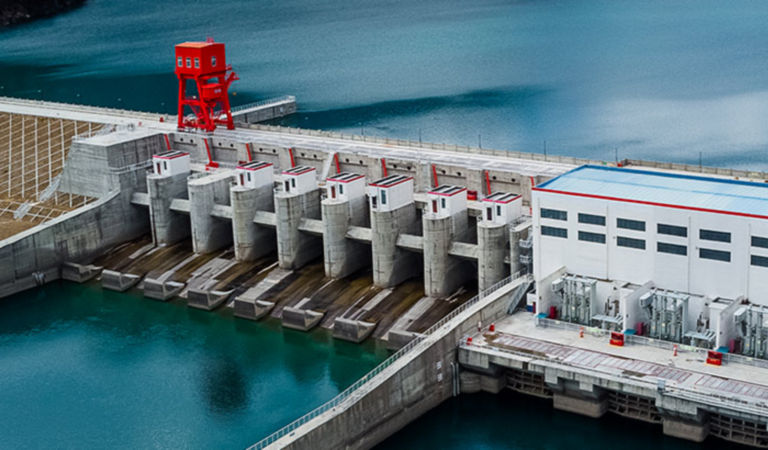The transition to a low-carbon economy is underway, with many governments — including the US, China, Japan, and the European Union — committing to net-zero carbon emissions by midcentury. Following the United Nations Climate Change Conference of the Parties (COP26) in November 2021, approximately 100 nations also pledged to cease deforestation, 23 promised to end financing for unabated coal production, and 109 agreed to a 30% reduction in methane emissions by 2030.
Decarbonizing the energy, industrial, and transportation sectors will depend upon sweeping policy initiatives and infrastructure development on a large scale. The massive capex required will upend supply-and-demand dynamics in numerous sectors and drive material growth in emerging industries. In this paper, we explain why we believe decarbonization represents the biggest capital cycle of our lifetime and how investors can potentially benefit.
Massive spending is needed
Getting to net zero will likely require spending between US$1 trillion – $2 trillion annually, in real terms, or approximately 1% – 2% of global GDP (Figure 1). This amount would dwarf past landmark economic stimulus plans, including the Marshall Plan (US$114 billion in today’s dollars) and the American Recovery and Reinvestment Act of 2009 (US$831 billion today). The process of decarbonization will also last much longer, with sustained capex needed for at least the next 20 years. At 7% – 14% of total annual global investment, the capex intensity of global GDP will reach approximately 28%, a level last touched briefly following the global financial crisis and once in the 1970s. 1The combination of outsized spending, policy tailwinds, and shifting consumer and investor attitudes will kickstart a new capital cycle.









